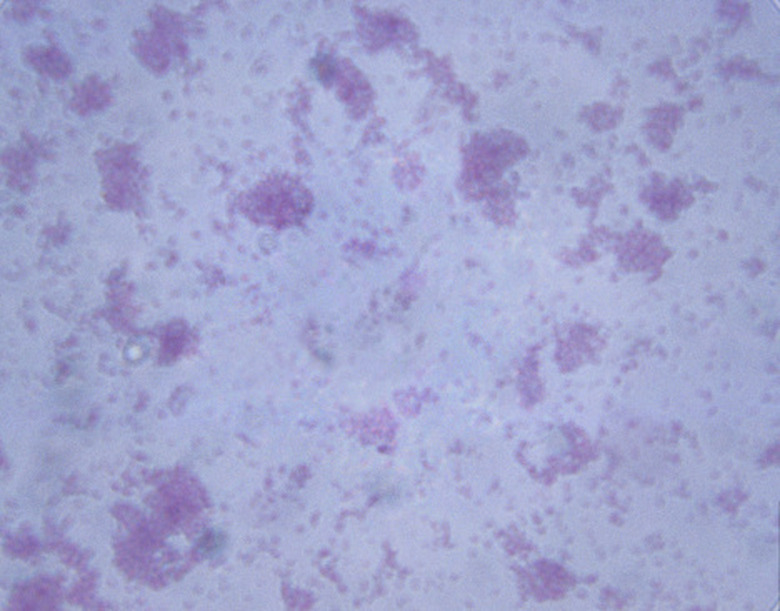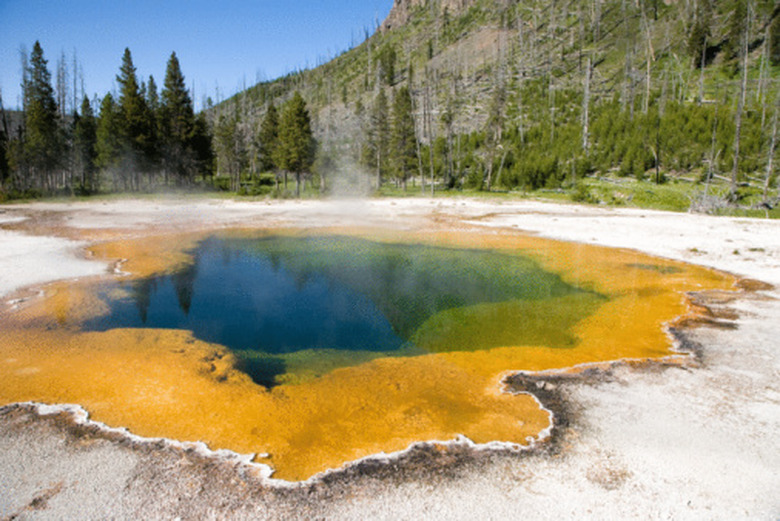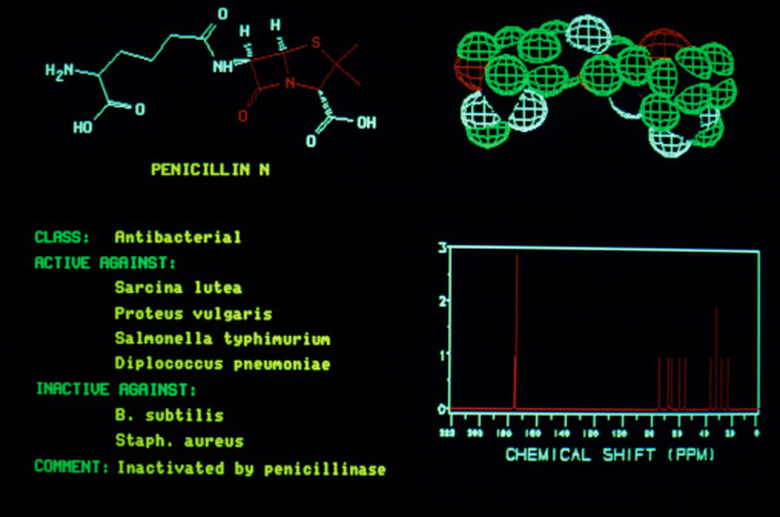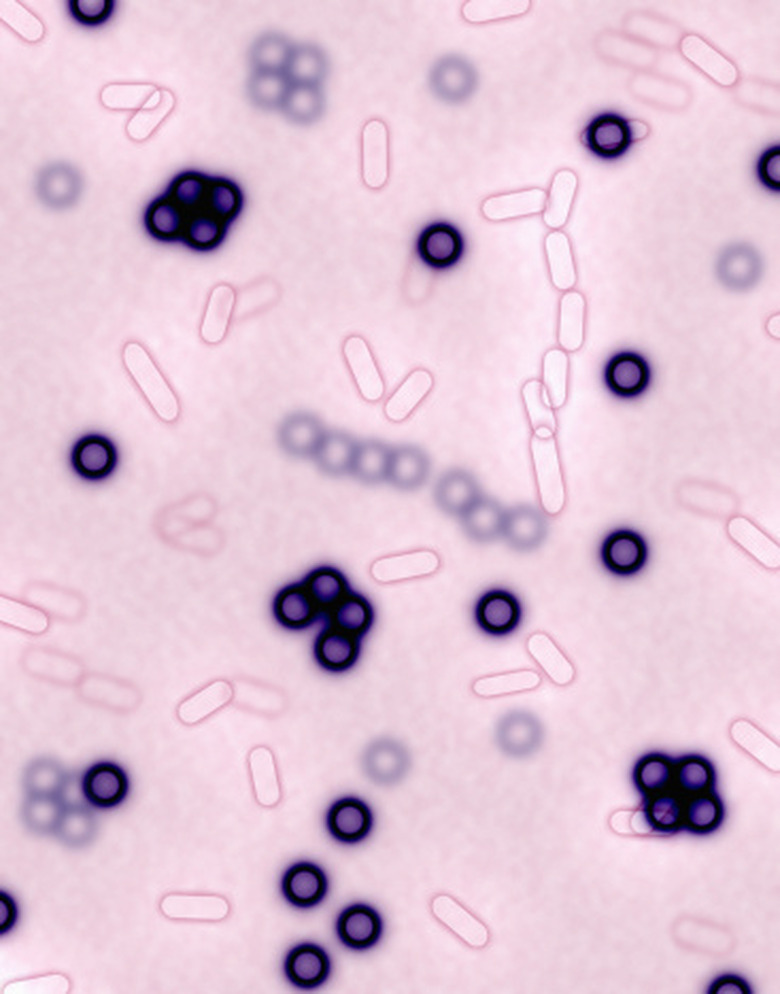Important Facts About The Kingdom Monera
Kingdom Monera is a broad group of organisms consisting of all of the prokaryotic (non-nucleated) organisms. Monerans are tiny, ubiquitous single-celled organisms that have colonized every corner of Earth. On the basis of sheer numbers, they are by far the most successful organisms on the planet.
The status of Monera as a proper kingdom is considered outdated by some scientists because they don't appear to constitute a monophyletic group–that is, they span multiple branches on the tree of life. Nevertheless, it is useful to consider prokaryotes as an entity because of their many similarities. Monerans are synonymous with the blanket category "bacteria."
Kingdom Monera: Not a Kingdom?
Kingdom Monera: Not a Kingdom?
As early as 1977, microbiologist Carl Woese claimed that prokaryotes don't fit into a single kingdom. Subsequent research has confirmed that there is an ancient divide within Monera, splitting the kingdom into two groups: archaeans and eubacteria.
These are often considered to be separate kingdoms although microbiologist Thomas Cavalier-Smith of Oxford University retains the single grouping of prokaryotes (he calls them empire Prokaryota) divided into two sub-kingdoms. Eubacteria are "typical" bacteria that include many human pathogens such as Yersinia pestis, the bubonic plague. Archaeans are often extremophiles, living in some of the most inhospitable places on Earth, such as Thermoplasma volcanium, which lives in sulfuric hot springs.
Monerans Are Ubiquitous
Monerans Are Ubiquitous
Prokaryotes are found in every ecological niche on Earth. Microbiologist William Whitman estimates there are 5 × 10^30 (five followed by thirty zeroes) moneran cells in the world. They live everywhere from the upper atmosphere to the bottom of the sea and deep within Earth's crust.
Taken together, the total bacterial mass is equivalent to all other organisms on earth combined. Moreover, the average human contains ten times more prokaryotic cells than human cells! Of course, these benign bacterial cells are quite small and only make up about two percent of your total body mass.
Role in Disease
Role in Disease
When a population of bacteria in the human body replicates faster than they are killed off, the result is a bacterial infection. The symptoms of different infections vary due to the location, severity and method of bacterial growth. For instance, the bacteria Streptococcus pneumoniae can cause either sinus infection or pneumonia, depending on where the infection occurs.
Physicians often prescribe antibiotics to eliminate bacterial infections. Because of the differences between the biology of human and moneran cells, it is possible to ingest compounds that are toxic to the bacterium but not to the host. Antibiotics stop the ability of bacteria to divide or carry out vital cellular processes. When a bacterium evolves to resist the toxic effects of the antibiotic, it is said to have developed antibiotic resistance.
Prokaryote Cell Structure
Prokaryote Cell Structure
Monerans are notable for their lack of a cell nucleus. However, they may have other internal and external structures. Nearly all bacteria have a rigid cell wall composed of cross-linked sugar molecules that serves to protect the organisms from their environment.
The bacterial chromosome (called a nucleoid) contains the bacterial DNA and is often rooted to a point in the cell membrane. Numerous smaller loops of DNA called plasmids may also be found inside the cell. Large molecules called ribosomes are responsible for taking transcribed copies of the DNA code and turning them into cell proteins.
Many monerans are capable of motion. This is generally accomplished by a specialized structure called a flagellum, which acts as a sort of molecular propeller. Other monerans have alternate means of motility, such as the Listeria parasite, which jury-rigs a host cell's machinery to propel it on a growing fan of protein fibers.
Horizontal Gene Transfer
Horizontal Gene Transfer
Monerans don't simply pass their genes from generation to generation as virtually all other organisms do. They can also transfer genes between each other and sometimes even take up random segments of DNA floating in the environment. This is a major force of microbial evolution because it lets moneran cells acquire beneficial mutations from cells that are only distantly related.
Monerans and the Atmosphere
Monerans and the Atmosphere
Prokaryotic cells called cyanobacteria were crucial in shaping the early atmosphere. The early Earth contained almost no oxygen. Many bacteria take in carbon dioxide and release oxygen. This is what caused the initial rise in the atmosphere's oxygen content around 2.45 billion years ago. Today, both photosynthetic eukaryotes (such as plants) and prokaryotes are responsible for maintaining the balance between carbon dioxide and oxygen.
Cite This Article
MLA
Robison, Christopher. "Important Facts About The Kingdom Monera" sciencing.com, https://www.sciencing.com/important-kingdom-monera-8169568/. 24 April 2017.
APA
Robison, Christopher. (2017, April 24). Important Facts About The Kingdom Monera. sciencing.com. Retrieved from https://www.sciencing.com/important-kingdom-monera-8169568/
Chicago
Robison, Christopher. Important Facts About The Kingdom Monera last modified August 30, 2022. https://www.sciencing.com/important-kingdom-monera-8169568/




